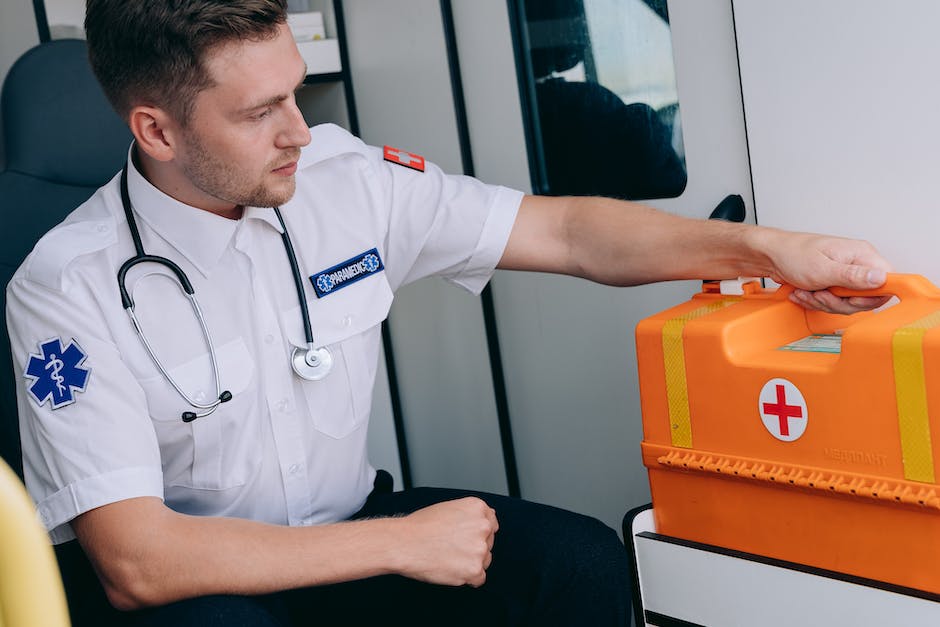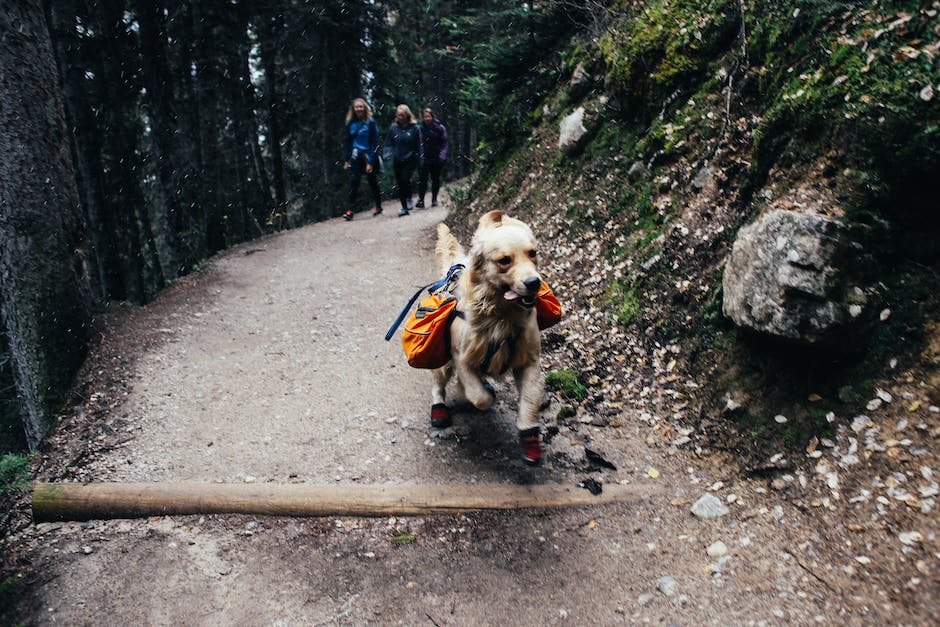Traveling with your furry friend can be exciting, but also overwhelming. You want to ensure their safety and comfort while also enjoying your trip. That’s why it’s essential to pack strategically and follow certain guidelines when planning your travels. Here are ten tips for packing when traveling with your pet:
1. Choosing the Right Carrier

The first thing to consider is choosing the appropriate carrier for your pet. The carrier should be spacious enough, comfortable, and provide sufficient ventilation. You should opt for a soft-sided carrier that can easily fit under the airplane seat. If you’re traveling by car, a crate or a pet safety seat would be ideal.
Before making any purchase, measure your pet from the tip of the nose to the base of the tail and add a few inches to ensure they can move around freely inside the carrier. Also, check the airline’s and hotel’s size restrictions for carriers if you’re planning on flying or staying in a hotel.
You should also make sure to get your pet accustomed to the carrier before traveling. Start by placing your pet’s bedding, toys, or food bowls in the carrier and allow them to explore the space at their own pace. If you’re flying, remember to label the carrier with your contact details and pet’s name.
2. Packing the Essentials

It’s crucial to pack all the necessary items that your pet would need during the trip. This includes food, water, treats, medication, and any other item that would make your pet more comfortable. You should pack enough food and water supply for the entire trip, plus extra in case of any surprise delays or emergencies.
When packing food, opt for dry kibble or canned food and select a brand that your pet is familiar with to avoid any stomach upsets. You should also pack some treats or chews to keep your pet entertained throughout the journey, as well as their favorite toys, blankets, or bedding. If your pet takes any medication, ensure that you pack enough in their original bottles, including any prescriptions or medical records.
3. Prepare for Security Checks

Since you’ll be going through security checks when traveling with your pet, it’s essential to prepare beforehand. This means making sure that your pet is easily accessible, and the carrier is easy to remove from the security conveyor belt.
You should also have your pet’s paperwork ready for inspection, including their health certificate, vaccination records, and any necessary permits or licenses. Ensure that you check the airline’s or travel regulations’ security requirements for pets beforehand, as they may differ based on the mode of transportation or the destination country.
4. Familiarizing Your Pet with the Carrier

Your pet may feel anxious or stressed when traveling, especially if it’s their first time. To make their journey more comfortable, you should get them accustomed to their carrier before traveling.
You can start by leaving the carrier open in your home and placing your pet’s bedding, toys, or food inside. Gradually introduce your pet to spending time in the carrier, and don’t lock them in until you’re sure they feel comfortable. You can also consider using a calming spray or pheromone diffuser to help reduce anxiety.
5. Consider Bringing First Aid Supplies

Just like us humans, pets can also suffer injuries or health emergencies during travel. That’s why it’s necessary to have a basic first aid kit containing essential items such as bandages, tweezers, antiseptics, and gauze pads.
You should also pack a copy of your pet’s medical records and contact information for your veterinarian or local emergency vet. If your pet has any chronic conditions or allergies, ensure that you pack any necessary medication or supplements in your first aid kit.
6. Be Prepared for Bathroom Breaks

Dogs and cats need frequent bathroom breaks, and you should plan accordingly. Bring pee pads or a litter box depending on your pet’s preferences, especially if you’re flying. You should also research pet-friendly rest stops along your route if you’re driving or stopping at your destination city.
Ensure that you pack enough poop bags or a scooper to clean up after your pet, even in outdoor spaces at your destination. If your pet is elderly or has bladder issues, talk to your veterinarian beforehand for additional tips on how to help them during bathroom breaks.
7. Check Pet Policies Beforehand

Some travel destinations may not allow pets, while others may have specific restrictions or fees associated with bringing them. Therefore, it’s crucial to do your research and check the pet policies of each airline, hotel, or attraction you plan to visit.
Inform them beforehand that you’ll be traveling with your pet to avoid any confusion or unexpected complications. Also, check if your destination city has any leash laws or pet ordinances that you should follow.
8. Use Calming Techniques

Traveling can cause anxiety or stress in pets, and it’s essential to keep them calm and relaxed during the journey. You can use various calming techniques such as playing soothing music, using pheromone diffusers or sprays, or even offering calming treats or supplements.
Talk to your veterinarian beforehand about the best ways to keep your pet calm during travel, especially if they have a history of anxiety or motion sickness.
9. Research Pet-friendly Activities

Your pet is part of the family and deserves to have some fun during the trip. Research local parks, hiking trails, beaches, or pet-friendly tours or attractions that you can enjoy together.
While you’re on vacation, allocate time to spend with your pet, whether it’s a leisurely stroll around the hotel or trying out new pet-friendly cafes or restaurants.
10. Consult with Your Veterinarian

Before traveling with your pet, schedule a visit with your veterinarian. Ensure that your pet is up-to-date on all necessary vaccinations and check if they have any underlying health conditions that may cause complications during travel.
Your veterinarian can also provide you with additional tips on how to keep your pet safe and healthy during the trip, such as acclimating them to a new environment or how to identify signs of motion sickness.








 You might also be interested in those articles related to solo traveling
You might also be interested in those articles related to solo traveling